Is It Bad For Our Eyes?
In the era of ever-present screens and the age-old allure of a good book, the question arises: is reading in the dark bad for our eyes, and do glasses offer a solution? Let’s delve into the dilemma and explore the impact of reading books and screens in low-light conditions.
A Good Old-school Book
For centuries, reading books has been a cherished pastime. The soft glow of a reading lamp illuminating the pages of a well-loved novel has been a comforting image for bibliophiles. The tactile experience of flipping through pages, the scent of ink on paper—reading a physical book has its own unique charm.
Screens in the Dark
With the advent of technology, electronic screens have become an integral part of our lives. Be it e-books, tablets, or smartphones, screens provide a convenient and accessible way to consume written content. Yet, the pervasive use of screens, especially in dimly lit settings, has raised concerns about potential eye strain and discomfort.
Reading in Low Light
Reading in the dark, whether it’s a traditional book or a screen, can lead to eye strain. The pupils dilate in low-light conditions, and prolonged exposure can cause fatigue, headaches, and dry eyes. The contrast between the bright screen and the dark surroundings can contribute to discomfort.
Is Blue Light Bad?
Screens emit blue light, which has shorter wavelengths and higher energy compared to other colors. Exposure to excessive blue light, especially in the evening, can disrupt the circadian rhythm and affect sleep patterns. This has led to concerns about the potential impact on overall health.
Are Blue Light Glasses A Solution?
Blue light glasses, equipped with special coatings to filter out a portion of blue light, have gained popularity as a potential solution. These glasses aim to reduce eye strain and minimize the impact on circadian rhythms. While scientific evidence is still evolving, many of our customers report improvements in comfort and sleep quality.
Arlo Wolf’s Tips for Healthy Reading Habits:
- Adjust Ambient Lighting: Ensure there’s adequate, indirect lighting to reduce the contrast between the screen and its surroundings.
- Follow the 20-20-20 Rule: Take a break every 20 minutes, look at something 20 feet away for at least 20 seconds.
- Utilize Night Mode: Many devices offer a night mode that reduces blue light emission in the evening.
- Consider Blue Light Glasses: If eye strain persists, Arlo Wolf blue light glasses may offer relief, especially during evening screen use.
In the twilight dilemma of reading books and screens in the dark, the key lies in striking a balance. Moderation, good lighting, and conscious efforts to reduce eye strain contribute to a healthier reading experience. While blue light glasses may provide relief for some, it’s essential to be mindful of overall reading habits to ensure long-term eye health.
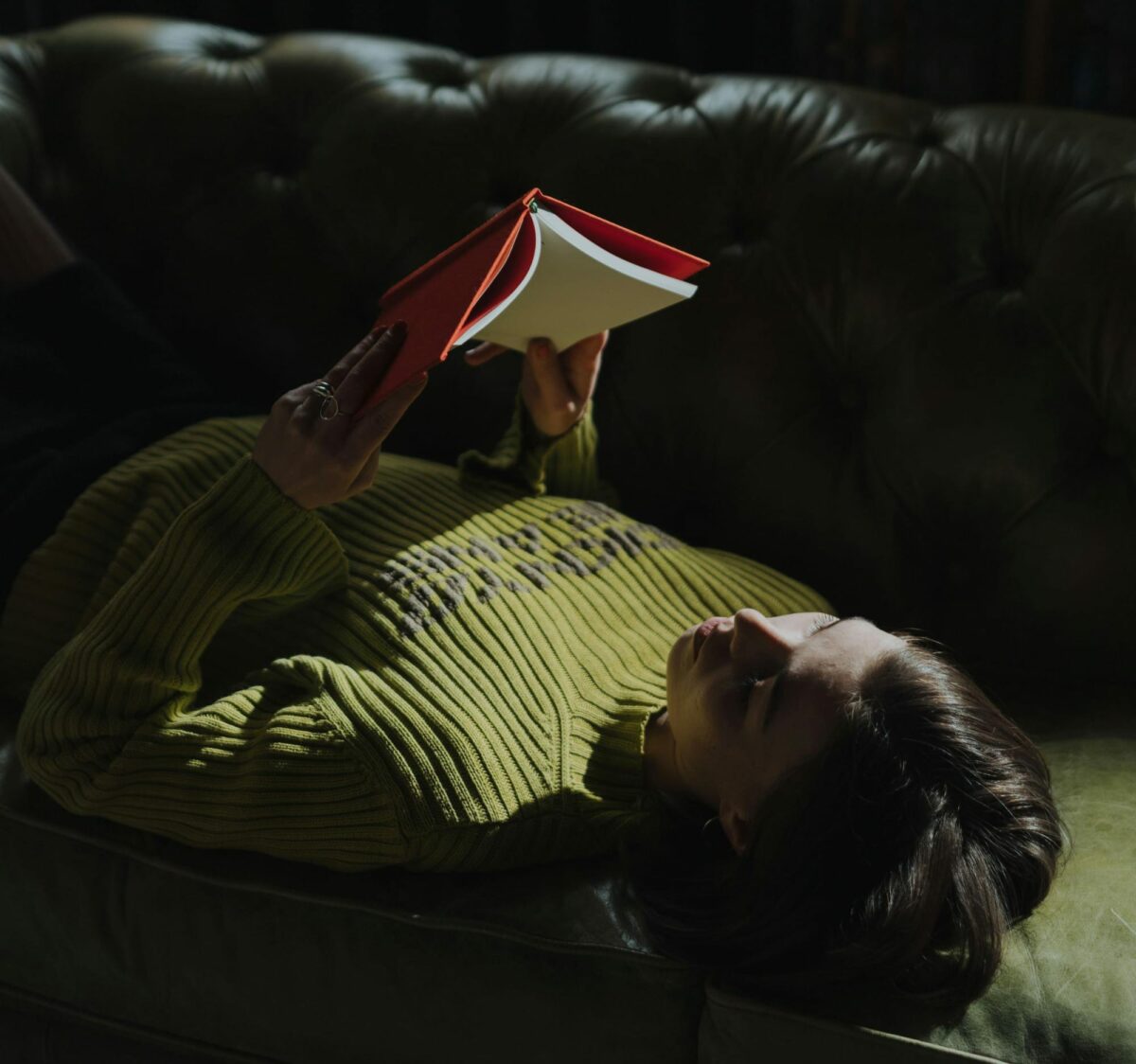
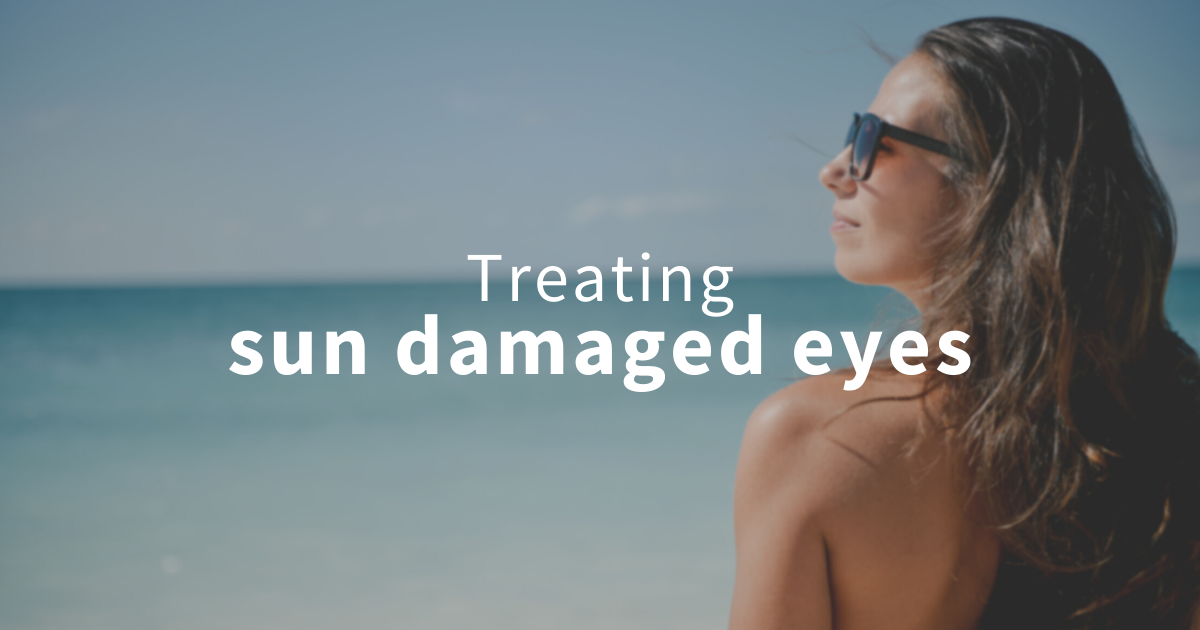 How to treat sun damaged eyes
How to treat sun damaged eyes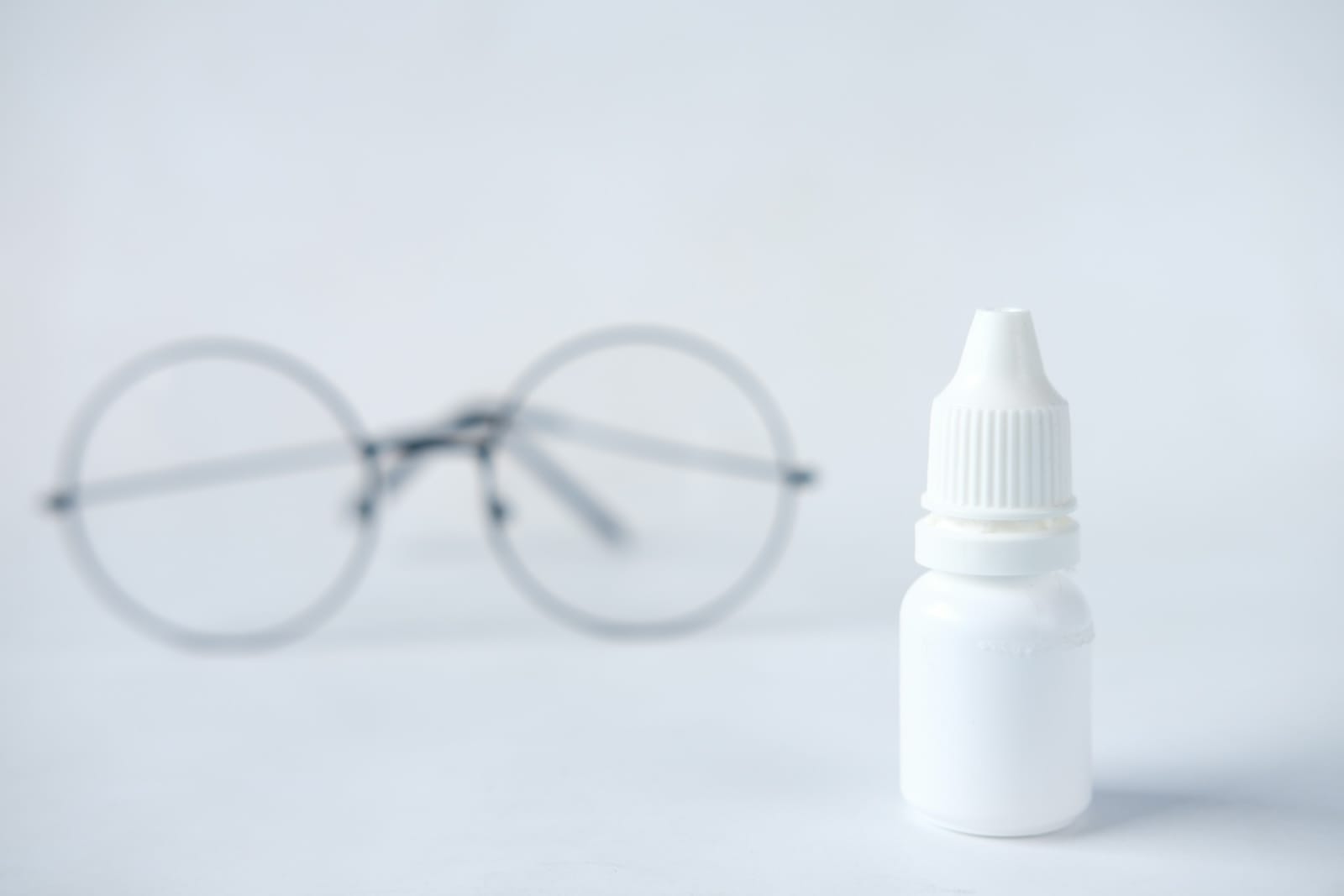 Are Eye Drops Safe to Use?
Are Eye Drops Safe to Use?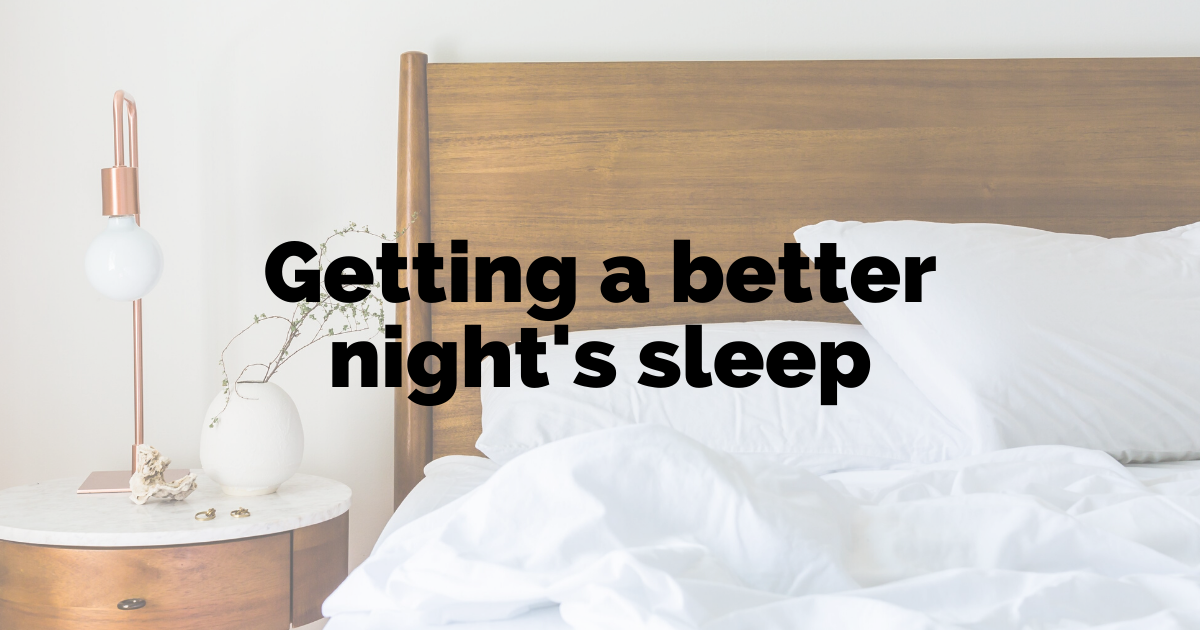 10 tips for a better nights sleep
10 tips for a better nights sleep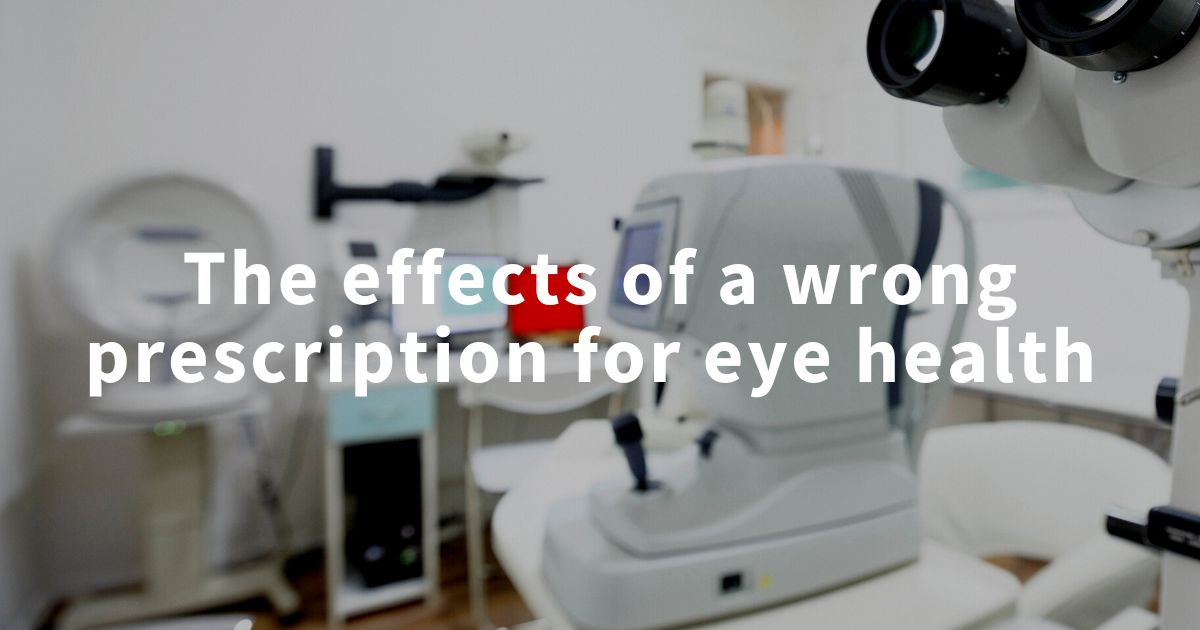 The effects of a wrong prescription for eye health
The effects of a wrong prescription for eye health